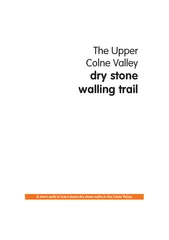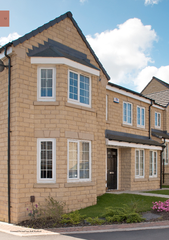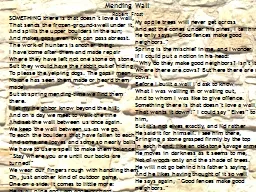PPT-Options for Walling Materials and benefits of using REBs in
Author : conchita-marotz | Published Date : 2017-07-04
Sachin Kumar and Pardeep Chauhan TERI Content About TERI Infrastructure development Solid bricks resource consumption Clay fired REBs Energy Saving potential
Presentation Embed Code
Download Presentation
Download Presentation The PPT/PDF document "Options for Walling Materials and benefi..." is the property of its rightful owner. Permission is granted to download and print the materials on this website for personal, non-commercial use only, and to display it on your personal computer provided you do not modify the materials and that you retain all copyright notices contained in the materials. By downloading content from our website, you accept the terms of this agreement.
Options for Walling Materials and benefits of using REBs in: Transcript
Download Rules Of Document
"Options for Walling Materials and benefits of using REBs in"The content belongs to its owner. You may download and print it for personal use, without modification, and keep all copyright notices. By downloading, you agree to these terms.
Related Documents














![Module III.2 Develop and select adaptation options Trainer: [Name]](https://thumbs.docslides.com/1061718/module-iii-2-develop-and-select-adaptation-options-trainer-name.jpg)